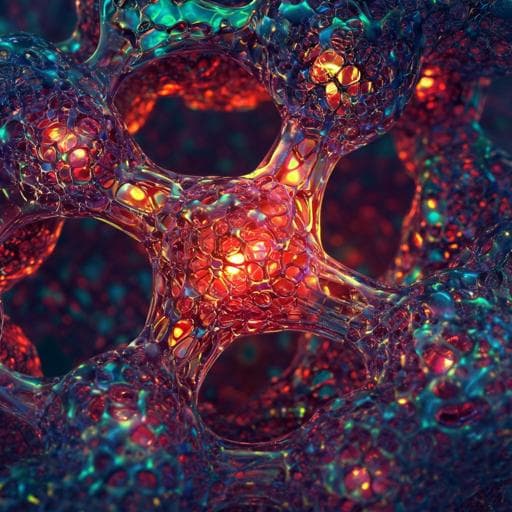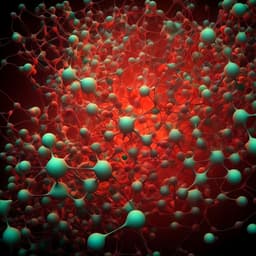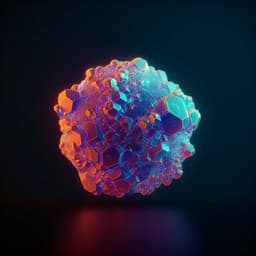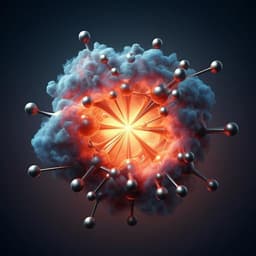
Engineering and Technology
High-throughput screening of zwitterion-based coatings towards improved mechanical stability and drug-loading capacity
J. Yang, Y. Ran, et al.
This groundbreaking research by Jingzhi Yang, Yami Ran, Luyao Huang, Chenhao Ren, Xiangping Hao, Lingwei Ma, and Dawei Zhang presents a high-throughput strategy to optimize zwitterion-based hydrogel coatings, enhancing their mechanical stability and drug-loading capacity. Discover how this innovative method accelerates the development of superior implantable device surfaces!
~3 min • Beginner • English
Related Publications
Explore these studies to deepen your understanding of the subject.







